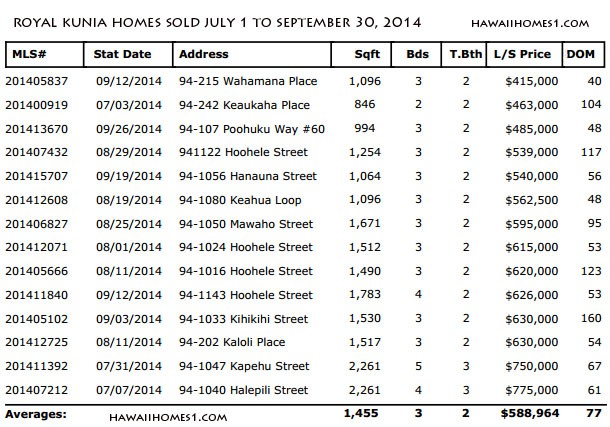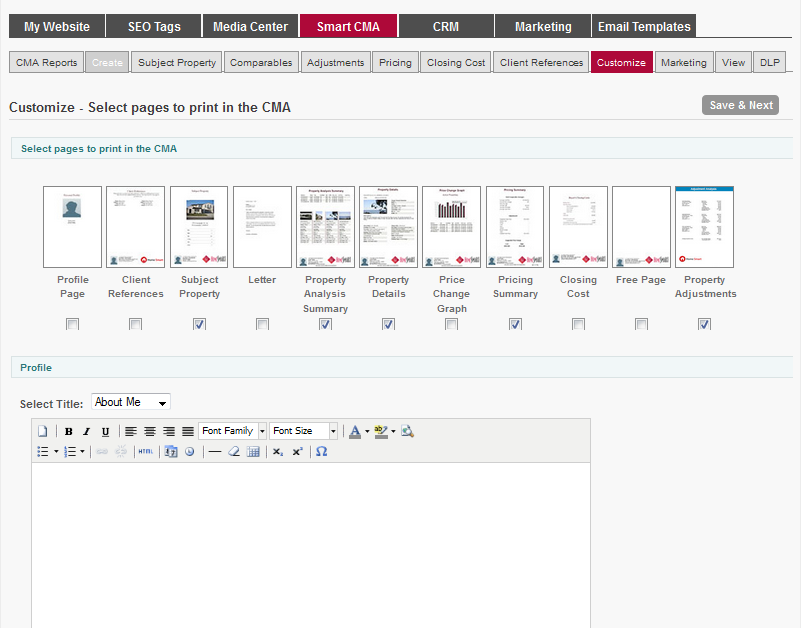Comparative Market Analysis (CMA) Home Buying Terms
Post on: 31 Март, 2015 No Comment

How to Use a CMA Comparative Market Analysis
Before putting a home on the market or listing with a real estate agent. savvy home sellers obtain a comparative market analysis, also referred to in the industry as a CMA. You’ve probably received direct mail letters or post cards from local real estate agents about CMAs. These pitches offer you a free report to tell you how much your home is worth. Sellers use a CMA to figure out home pricing.
What is a Comparative Market Analysis?
Although reports can vary, from a two-page list of comparable home sales to a 50-page comprehensive guide, the length and complexity of the report depends on the agent’s business practice. However, standard comparative market analysis reports contain the following data:
- Active Listings
Active listings are homes currently for sale. These listings matter only to the extent that they are your competition for buyers. They are not indicative of market value because sellers can ask whatever they want for their home. It doesn’t mean any of the prices are realistic. The offered sales prices do not reflect market value until they sell, and in buyer’s markets. for example, most sell for a lot less.
Pending sale homes are formerly active listings that are under contract. They have not yet closed, so they are not yet a comparable sale. Unless the listing agent is willing to share information about the pending sale — and many are not — you will not know the actual sold price until the transaction closes. However, pending sales do indicate the direction the market is moving. If your home is priced above the list price of these pending sales, you could face longer DOM.
Homes that have closed within the past six months are your comparable sales. These are the sales an appraiser will use when appraising your home for the buyer, along with the pending sales (which will likely have closed by the time your home is sold). Look long and hard at the comparable sales because those are your market value.
These are properties that were taken off the market for a variety of reasons. Usually the reason homes are removed from the market is because the prices were too high. The median prices of this group will almost always be higher than the median prices of comparable sales. However, listings cancel also for the following reasons:

- Expired Listings
This group will reflect the highest median sales price because they did not sell and were probably unreasonably priced. Some of the expired listings could also show up as an active listing, listed by a new agent at a new price. Listings also expire because they were not aggressively marketed or because the home was in need of repairs.
Examining Comparable Sales
Comparable sales are those that most closely resemble your home. It is difficult to compare a tri-level home to a single-story home. Select the homes from this list that are mostly identical to your home in size, shape and condition, such as:
- Similar square footage
Appraisers compare homes based on square footage. Larger square-foot homes are worth less per square foot than smaller square-foot homes. The variance among a group of median-priced homes ideally should not exceed more than 200 to 400 square feet, plus or minus.
Ideally, the age of the home — the year it was built — should be within a few years of other comparable sold homes. Mixed-age subdivisions are common. For example, in one area of Sacramento, a subdivision consists of homes built in the 1950s, and then they jump a couple decades to the 1970s. Although the homes are located next door to each other, the homes loaded with character from the 1950s sell for more than their newer Brady Bunch counterparts. If your home was built in 1980, say, and brand new homes up the street are selling for more, you cannot command the same price as a new home.
Appraisers will deduct value from your home if other homes have upgrades and yours does not. A home with a swimming pool will have a different value than a home without a pool. A completely remodeled home is worth more than a fixer. Homes with one bath are worth less than homes with two or more baths. Deferred maintenance will count against you.
Everybody knows that real estate is valued on location, location, location, but have you considered what that means? A home with a view of the city, for example, is worth more than a home facing a cement wall. Homes located on busy thoroughfares are worth considerably less than homes on quiet streets. Compare your home to those in similar locations. If your home sits across the street from a power plant, look for other homes with power plant exposure or those located along railroad tracks, among other undesirable locations.
At the time of writing, Elizabeth Weintraub, DRE # 00697006, is a Broker-Associate at Lyon Real Estate in Sacramento, California.














